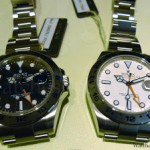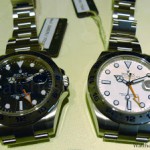Rolex Doing Its Part to Battle Climate Change
Preserving the planet perpetually.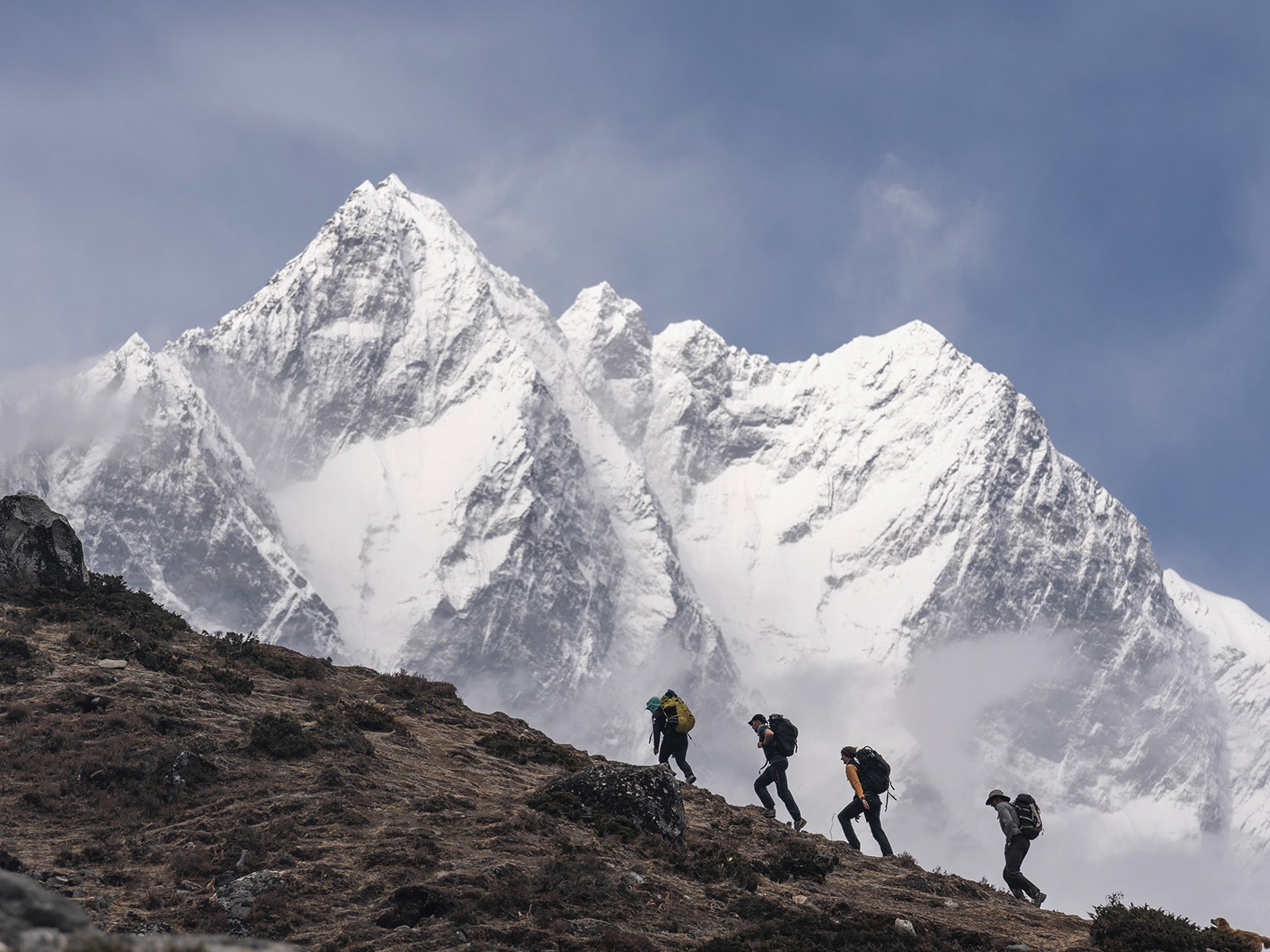
Two decades after its founding in 1905, Rolex began equipping sportspeople and explorers with waterproof Oyster watches, making possible precision timekeeping under adverse conditions. And it continued as the peace and prosperity of the postwar era in the 1950s encouraged exploration of the heights and depths of the Earth, driving adventurers through snow and water into the pages of history. This era also gave birth to watches like the Explorer, Submariner, and GMT-Master – all watches for professionals who were charting the planet.
Today much of the planet has been explored, and it’s no longer a race to the deepest ocean or the tallest mountain, but instead a quest to preserve the planet. Having long been a supporter of exploration, Rolex now backs modern-day explorers who seek to battle climate change. The watchmaker funds scientific expeditions focused on conservation, such as measuring the volume of ice at the North Pole in order to gauge global warming.
Since 2019, the ongoing conservation programmes that Rolex supports have been formally come under the Perpetual Planet initiative, the watchmaker’s endeavour to pave the way for a sustainable future.
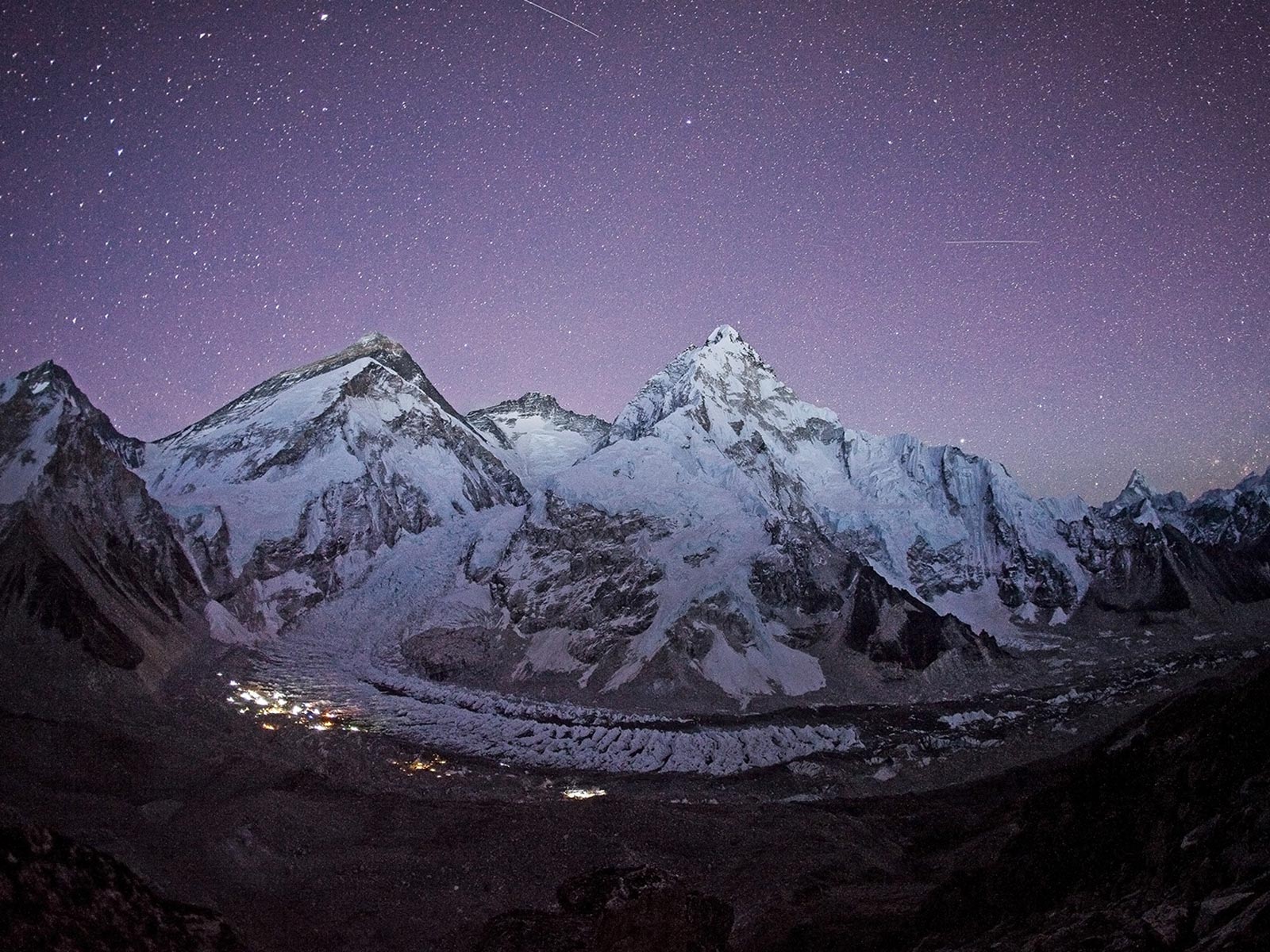
Early explorers
Before exploring Rolex’s support for conservation programme, it’s worth revisiting its early participation in exploration. Amongst the most notable was the British Everest Expedition, the 1953 attempt to scale Mount Everest led by Sir John Hunt, a colonel in the British Army. It was a competitive era for mountain climbing, with French and Swiss explorers vying for the same prize.
The British expedition was a success, with Edmund Hillary and Tenzing Norgay becoming the first people to reach the summit of Mount Everest. In the wake of the successful ascent, Rolex launched the Explorer, an enhanced version of the Oyster Perpetual worn by some members of the expedition, equipped with Arabic numerals at the quarters to improve legibility.
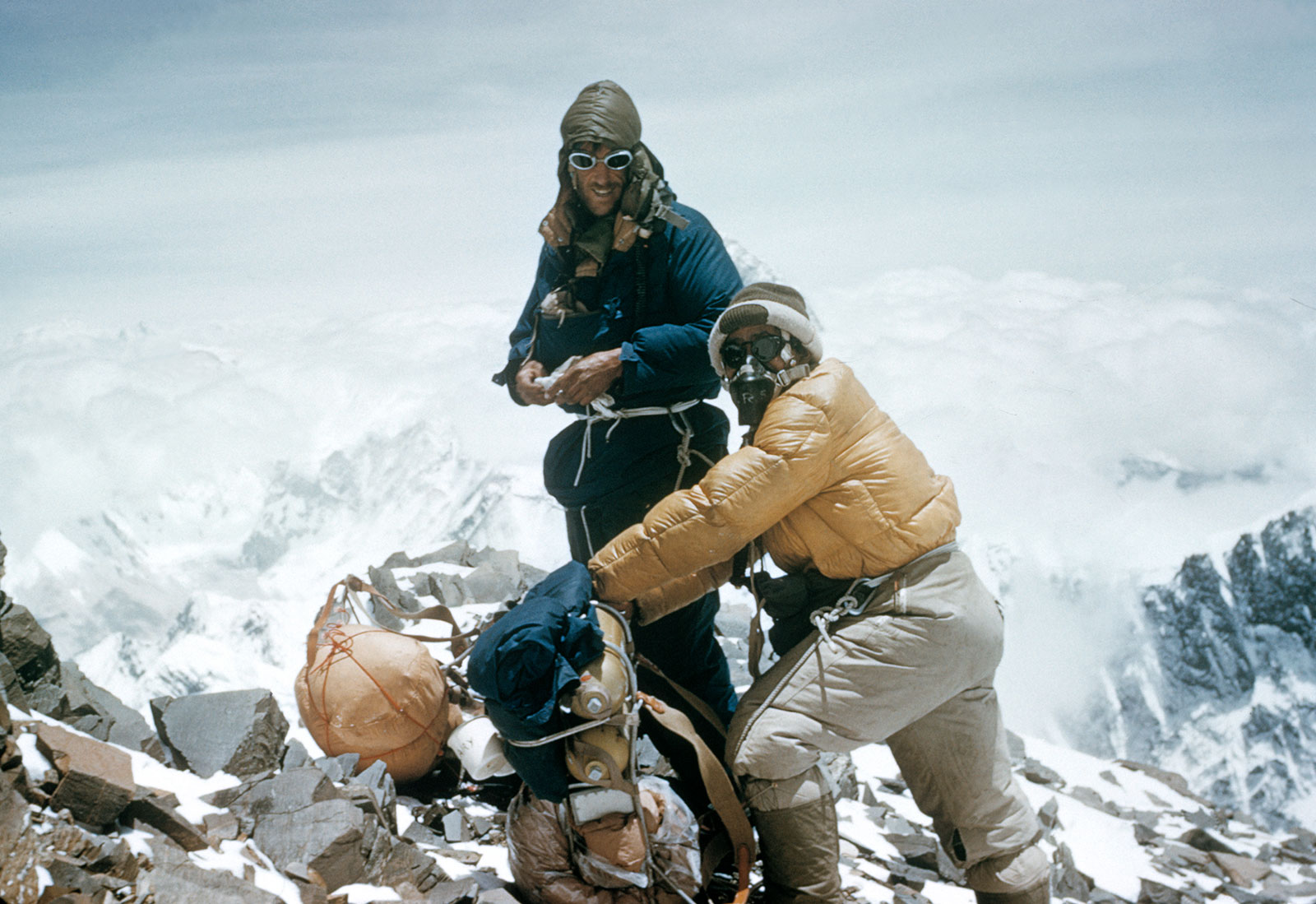
Edmund Hillary and Tenzing Norgay
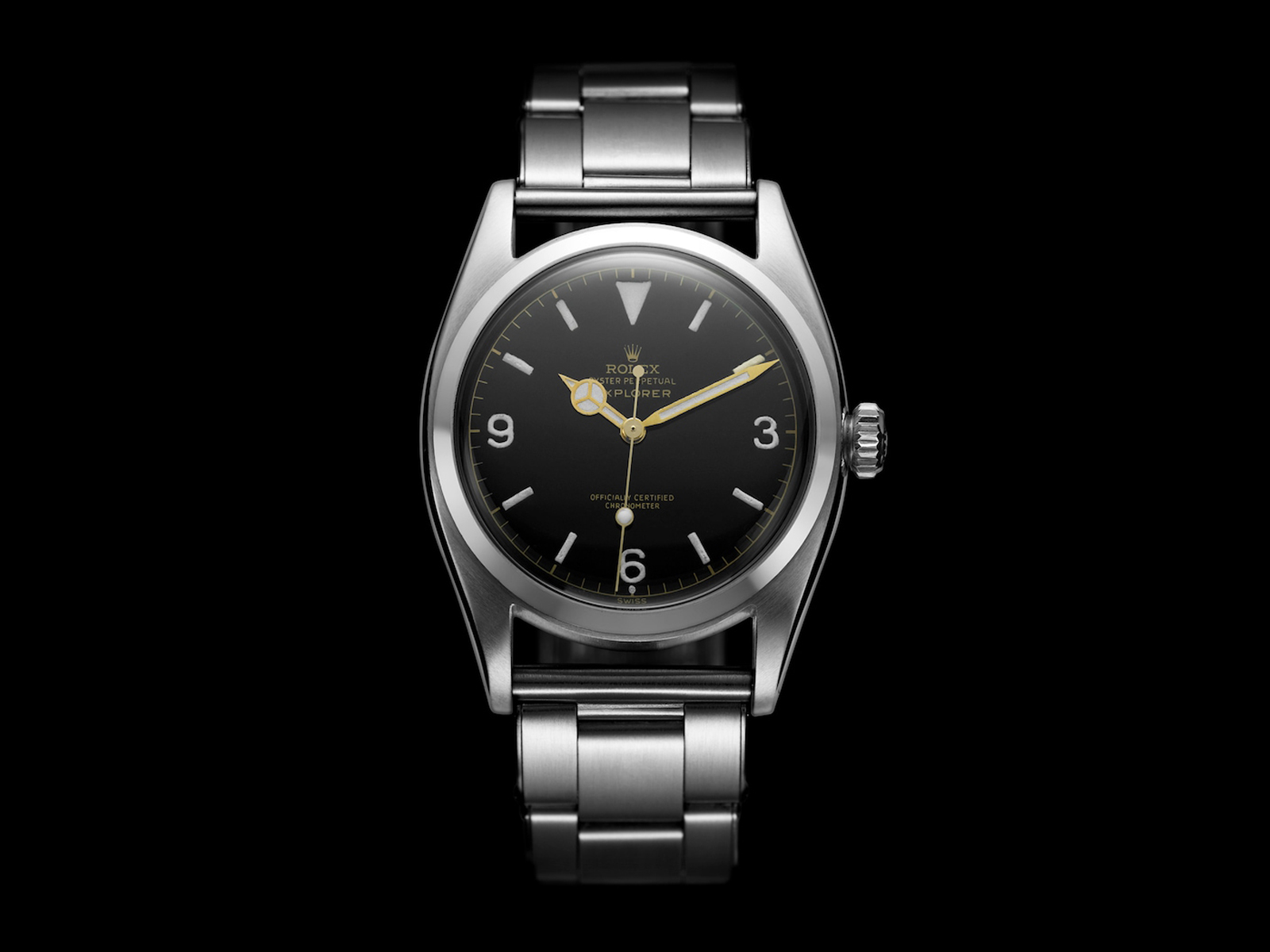
The original Rolex Explorer
In the same year, another significant voyage went in the opposite direction. The bathyscaph Trieste descended to a record-setting 3,150 m – with a Rolex Deepsea Special attached to the outer of its hull. A massive, experimental watch, the Deepsea Special was fitted with a dramatically domed, hemispherical crystal in order to withstand the extreme pressure at great depth.
But it was not until 1960, when a two-man team made up of Jacques Piccard – son of Swiss oceanographer and Trieste designer Auguste Piccard – and Don Walsh descended 10,916 m to the bottom of the Mariana Trench, the deepest location on Earth, setting a record that would go unchallenged for the next half century. They were accompanied during their record breaking dive by a Deepsea Special, once again mounted on the exterior of the Trieste.
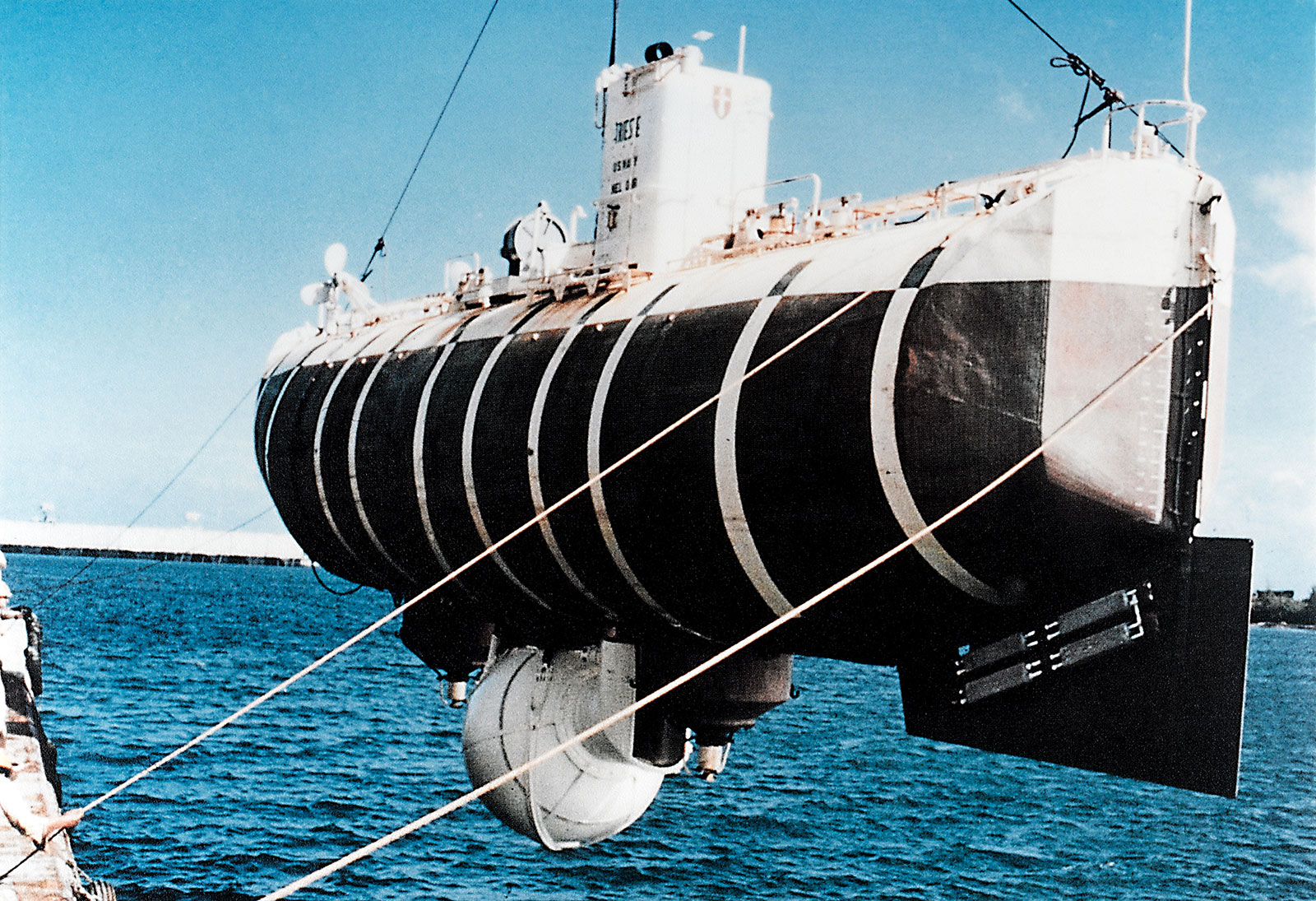
The Trieste on its 1960 dive
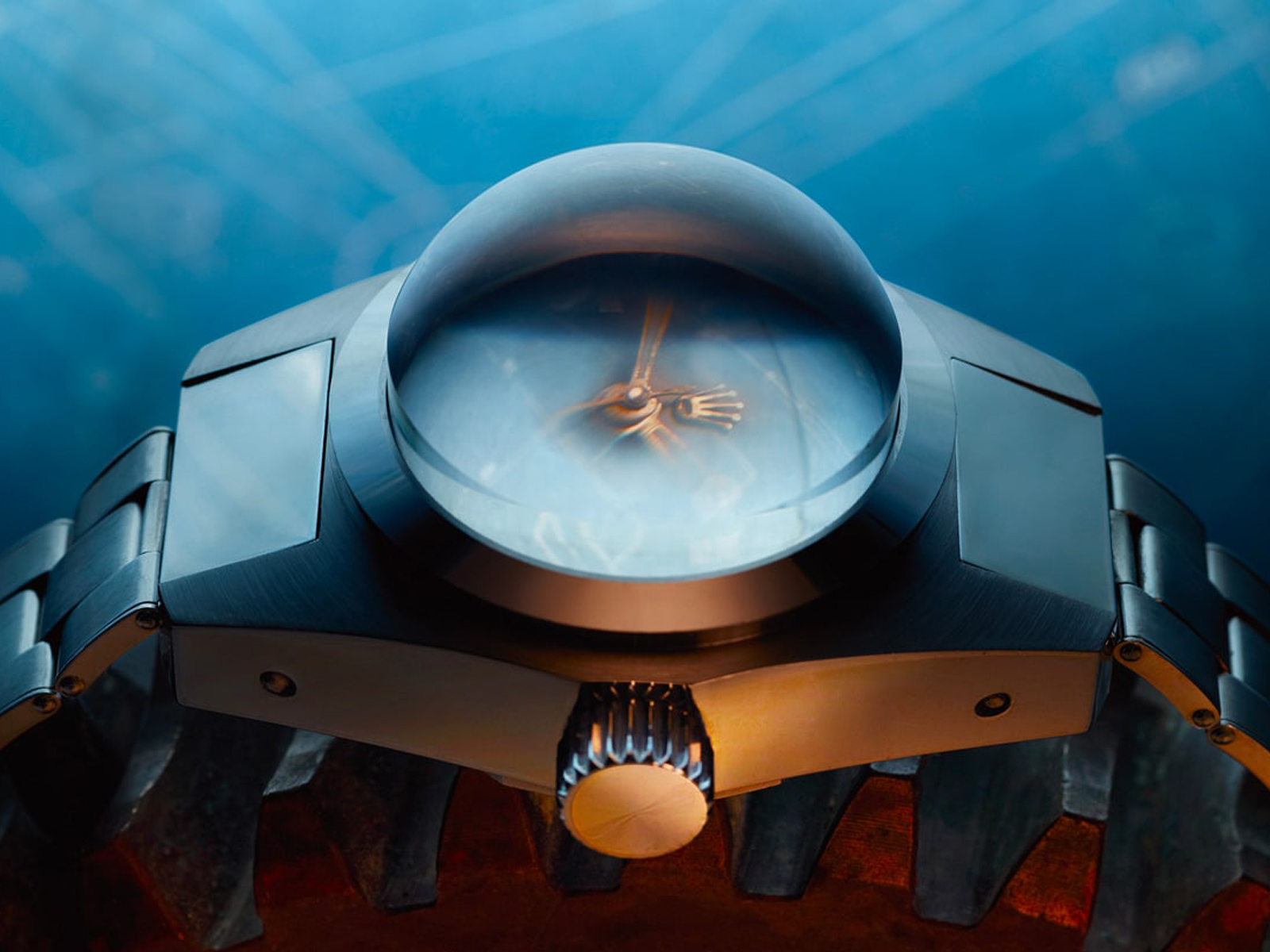
The Deepsea Special
New challenges
Now that much of the planet has been explored, the challenge is preservation – slowing the wide-reaching consequences of rapid climate change. The greenhouse gases in the atmosphere have increasing amounts of heat on Earth, leading to the rise of mean global temperatures by one degree celsius over the last century, causing polar ice to melt and sea levels to rise, threatening coastal areas. Scientists are now confident that global warming exacerbates heat waves, which increase mortality and lower crop yields.
At the same time, the role of rising temperatures in volatile weather continue, as exemplified by the rising numbers of weather-related insurance losses. Rolex’s support for preservation initiatives put it firmly on the side of climate change proponents, and it is discreetly putting some of its financial might towards the challenge.
Rolex is backing modern-day explorers seeking solutions to climate change. A key component of Perpetual Planet is a longstanding partnership with the National Geography Society, which recently debuted a series of expeditions to study the impact of climate change in local communities around the world.
The first of the planned expeditions occurred in 2019, when a team travelled to Mount Everest to observe the effects of global warming on the water sources of Hindu Kush-Himalaya. With additional help from scientists at Nepal’s Tribhuvan University, the team set up systems to track and protect the water sources, ensuring adequate supply to a billion people downstream.
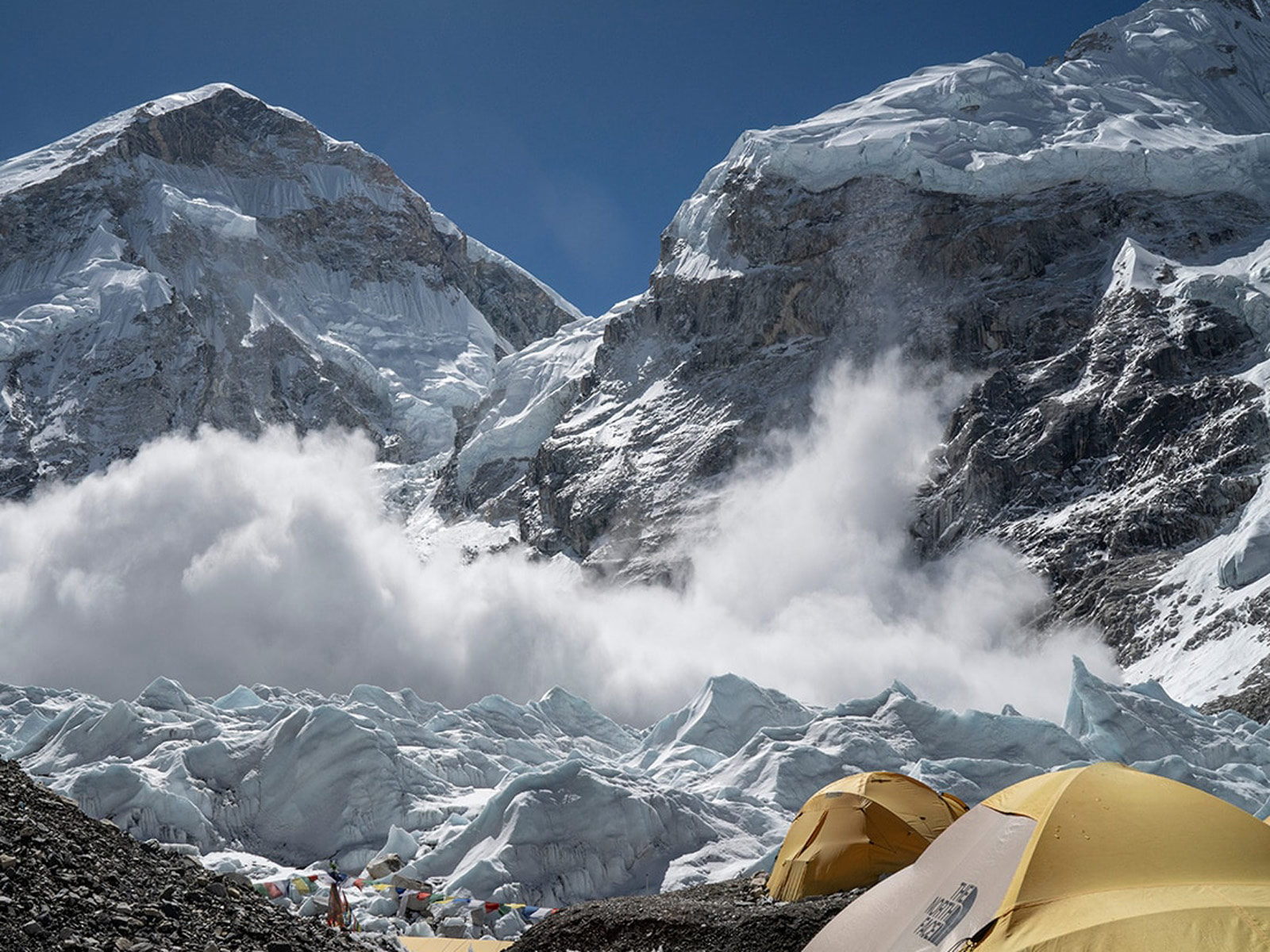
The 2019 National Geographic expedition
Rolex is also working with NGOs such as Under The Pole, which in 2010 sent an expedition to the North Pole to estimate the total volume of ice to raise awareness of global warming. More recently, the Under The Pole III expedition saw a team sail across the globe, from the Arctic to the Antarctic, studying marine biology and polar systems to learn about the health of the oceans.
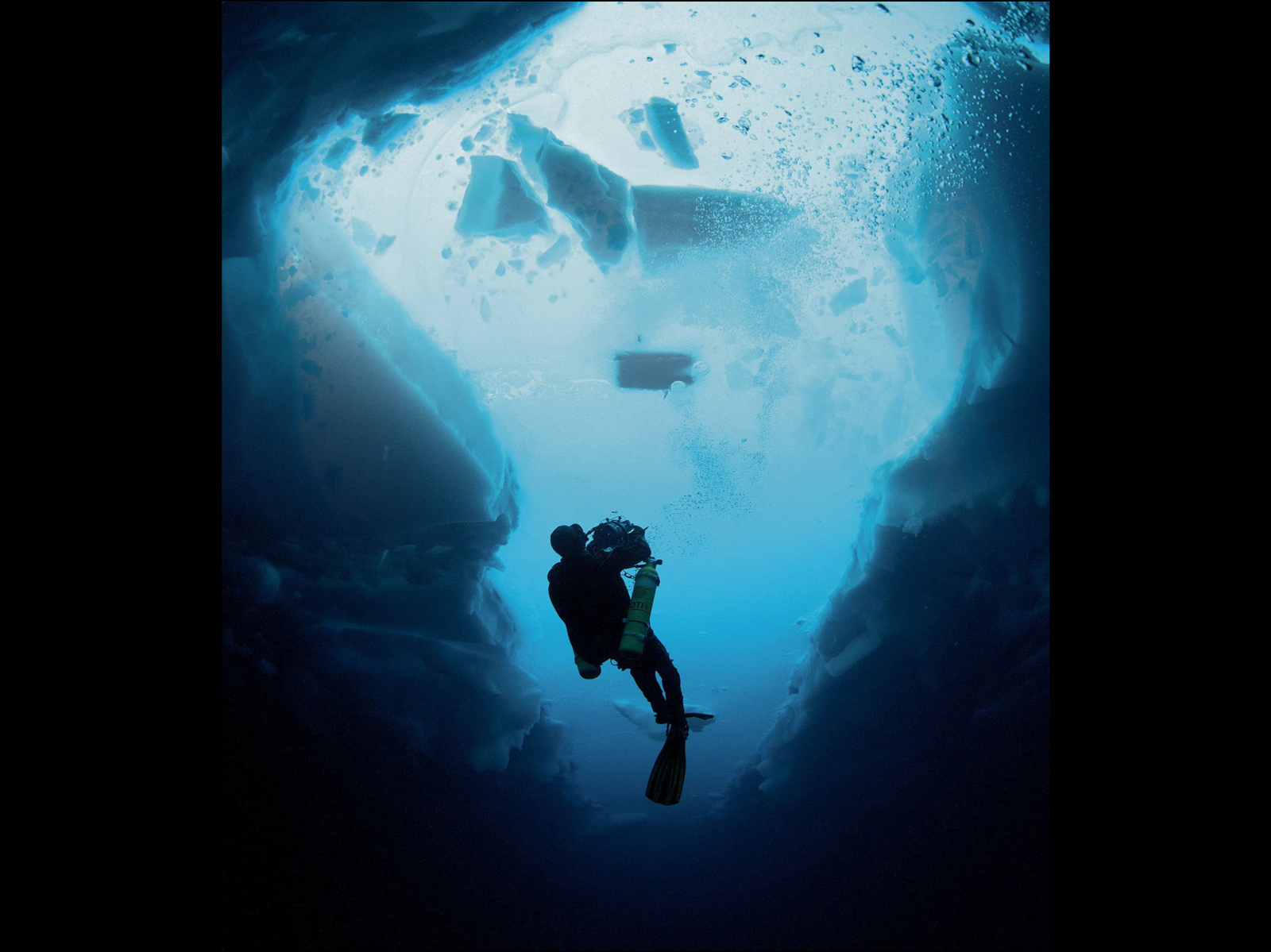
Filming underwater during Under the Pole
Scholarships
Amongst the watchmaker’s best known programmes is the Rolex Awards for Enterprise. Inaugurated in 1976, the awards are essentially scholarships granted to scientists working on solving society’s most critical challenges.
Notable past winners include Arctic explorer Lonnie Dupre in 2004, and in 2019, Miranda Wang, a young American entrepreneur who is developing techniques to convert unrecyclable plastic waste into useful materials.
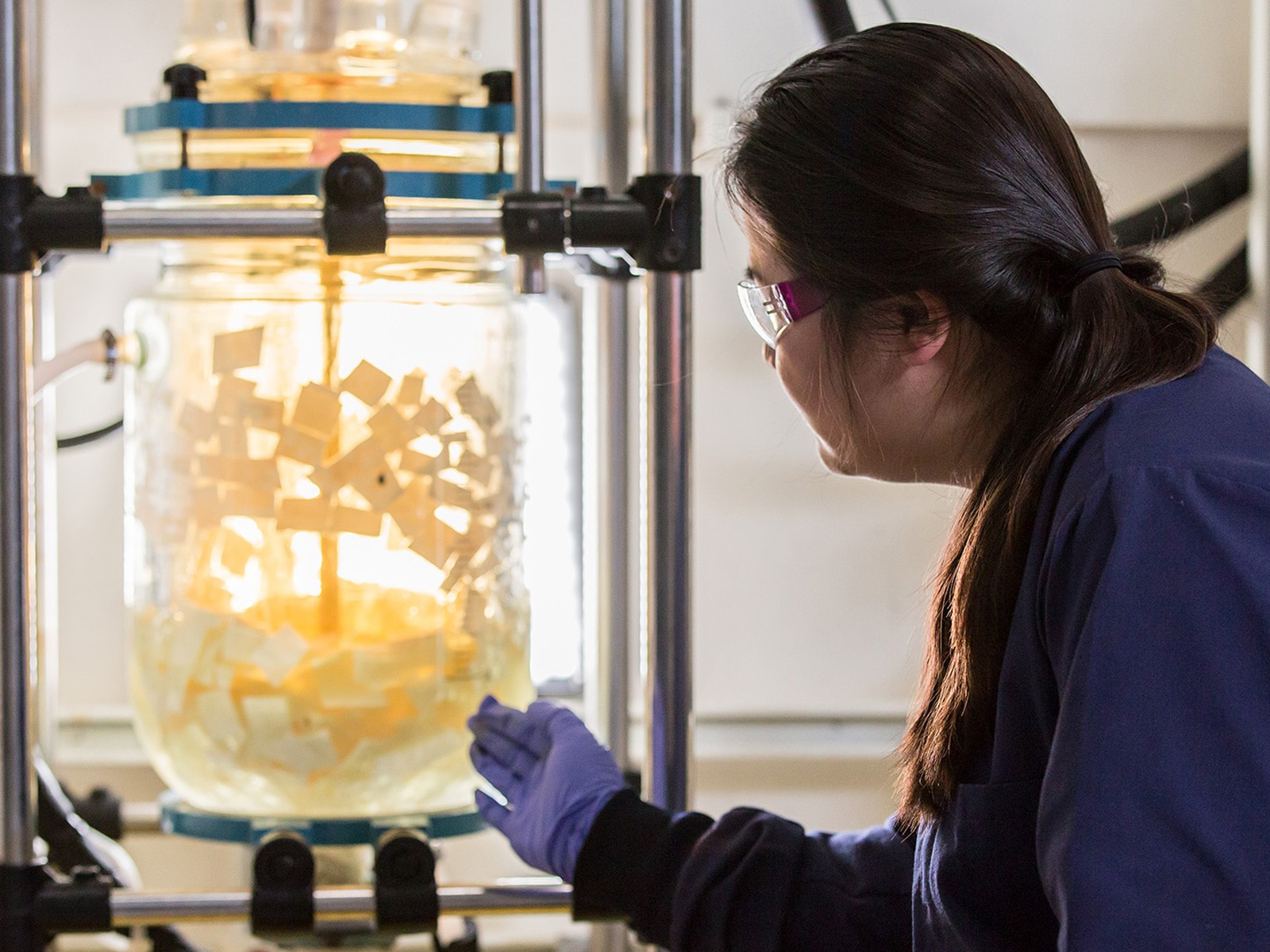
Miranda Wang
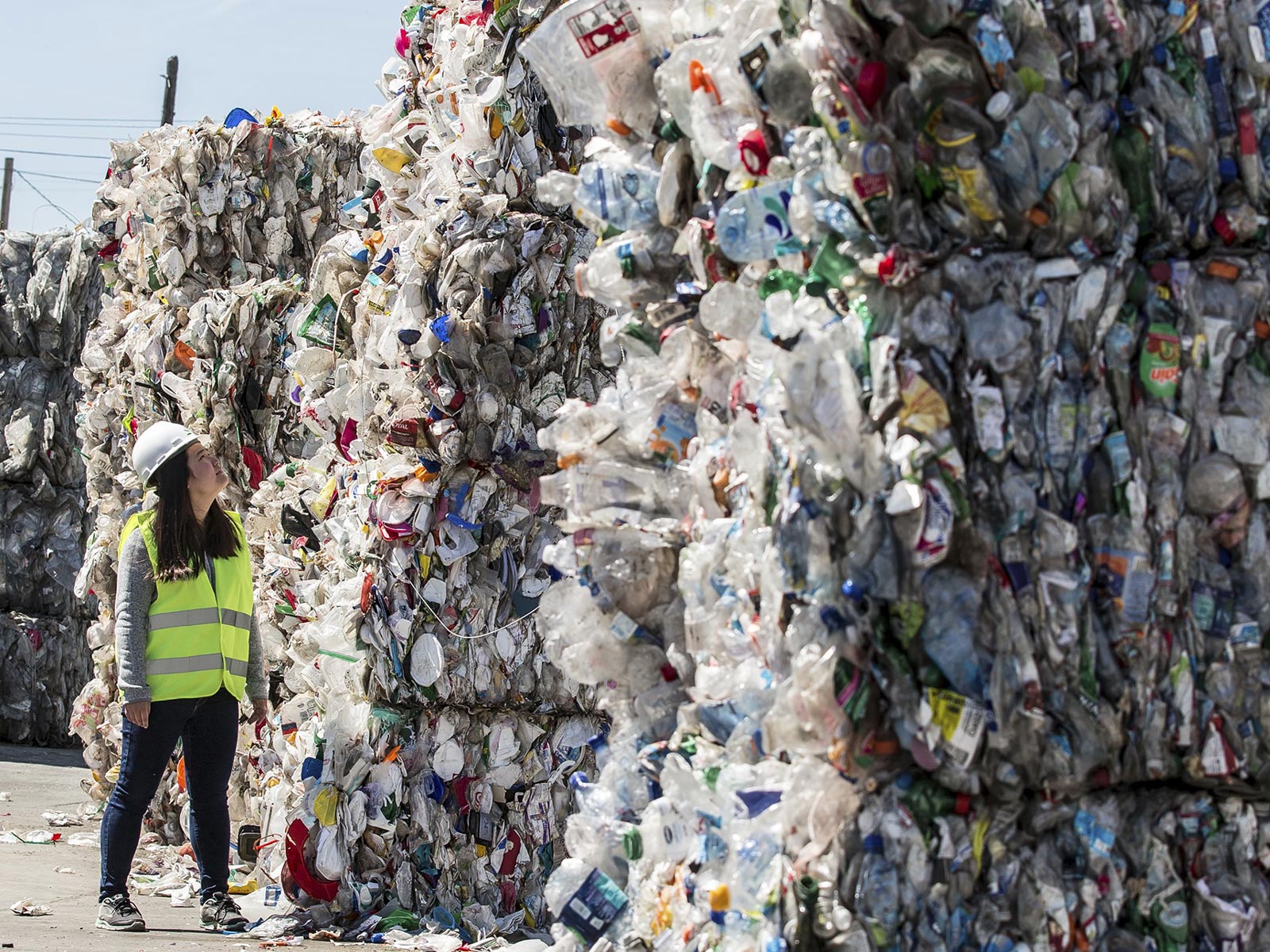
Transforming junk
Testimonees
Rolex has long supplied watches to notable individuals, known as Rolex Testimonees, perhaps the earliest and most famous example being Mercedes Gleitze in 1927, when she made a second attempt to swim the English Channel – while wearing a Rolex Oyster – in order to disprove sceptics who doubted her first successful swim across the Channel just earlier that year.
In atypically freezing waters, Gleitze fell short just seven miles before the shore, but her Oyster kept perfect time throughout. Gleitze later wrote to Rolex, testifying that the watch remained functional after exposure to the elements over 10 hours.
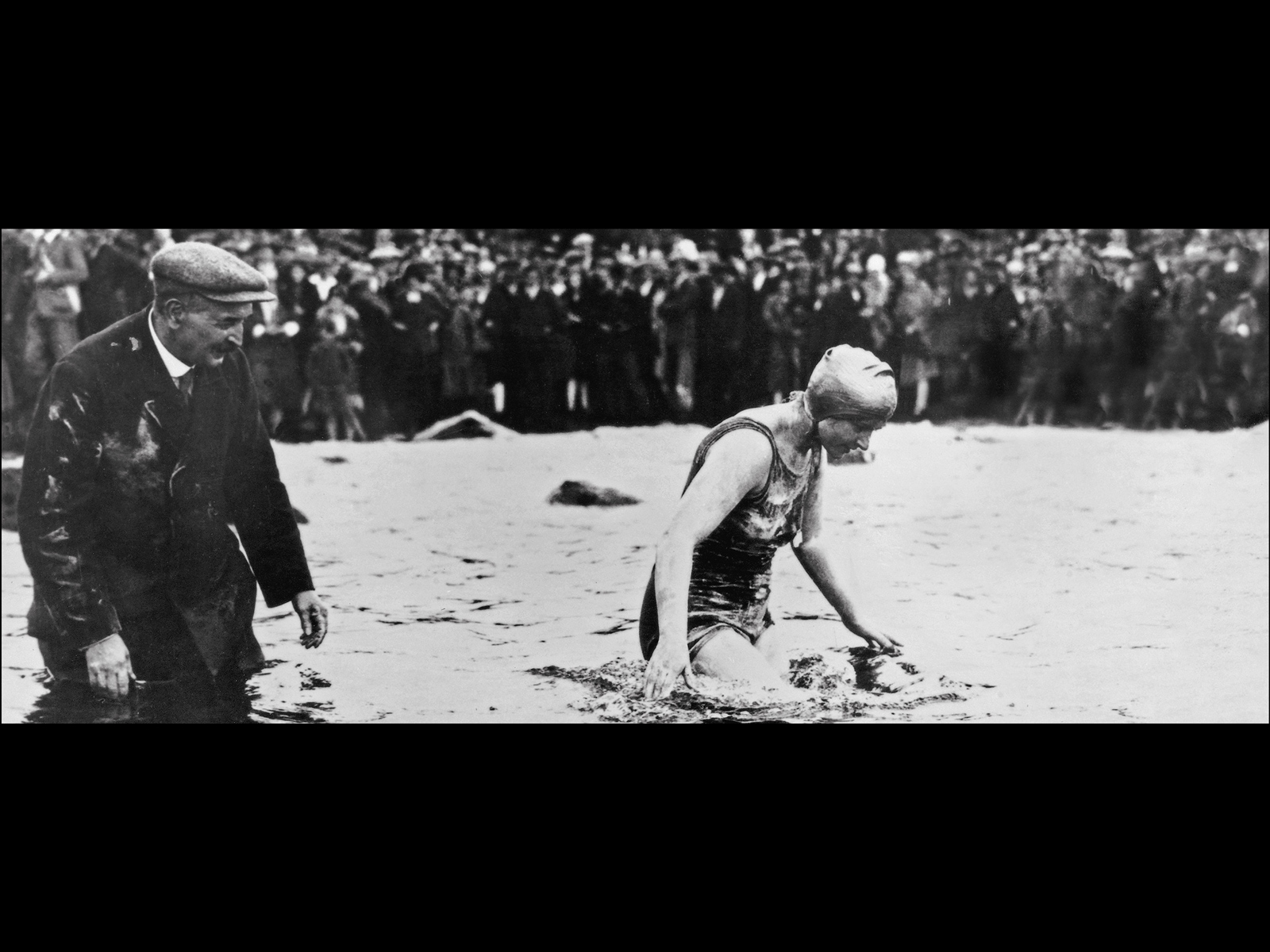
Mercedes Gleitze in 1927
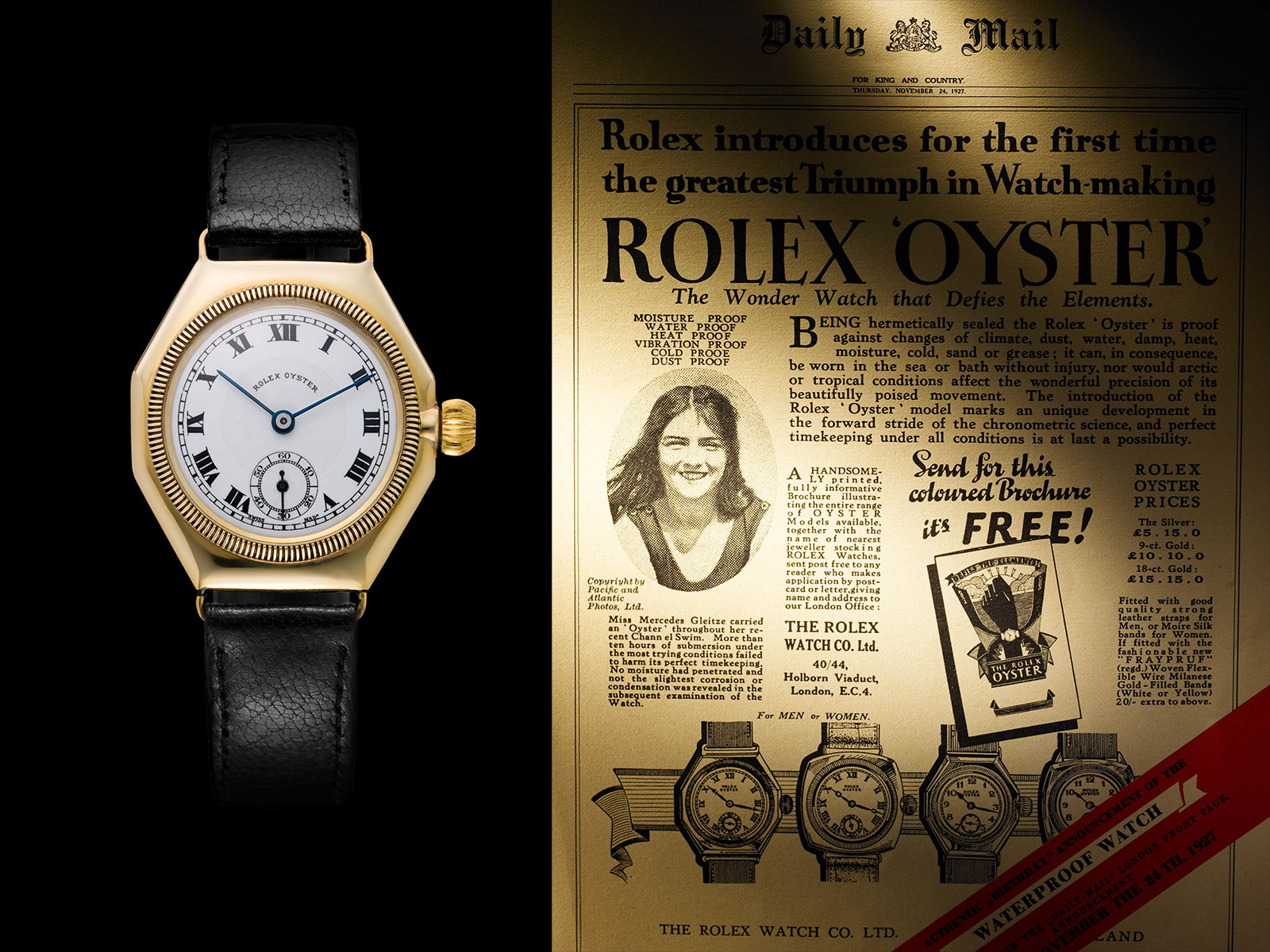
An early Rolex Oyster similar to what Gleitze wore (left), and a period ad from the Daily Mail newspaper
Rolex has continued its work with Testimonees since, including Dr Sylvia Earle, the conservationist behind Mission Blue, an organisation that works with local communities and governments to identify marine protected areas (MPAs), which it names “Hope Spots” – designated areas where biodiversity is preserved while providing costal communities with sustainable economies.
Rolex started supporting Mission Blue in 2014, and since then the number of Hope Spots has risen from 50 to 130. About 8% of the world’s oceans are now protected, with Mission Blue aiming to grow that to 30% by 2030.
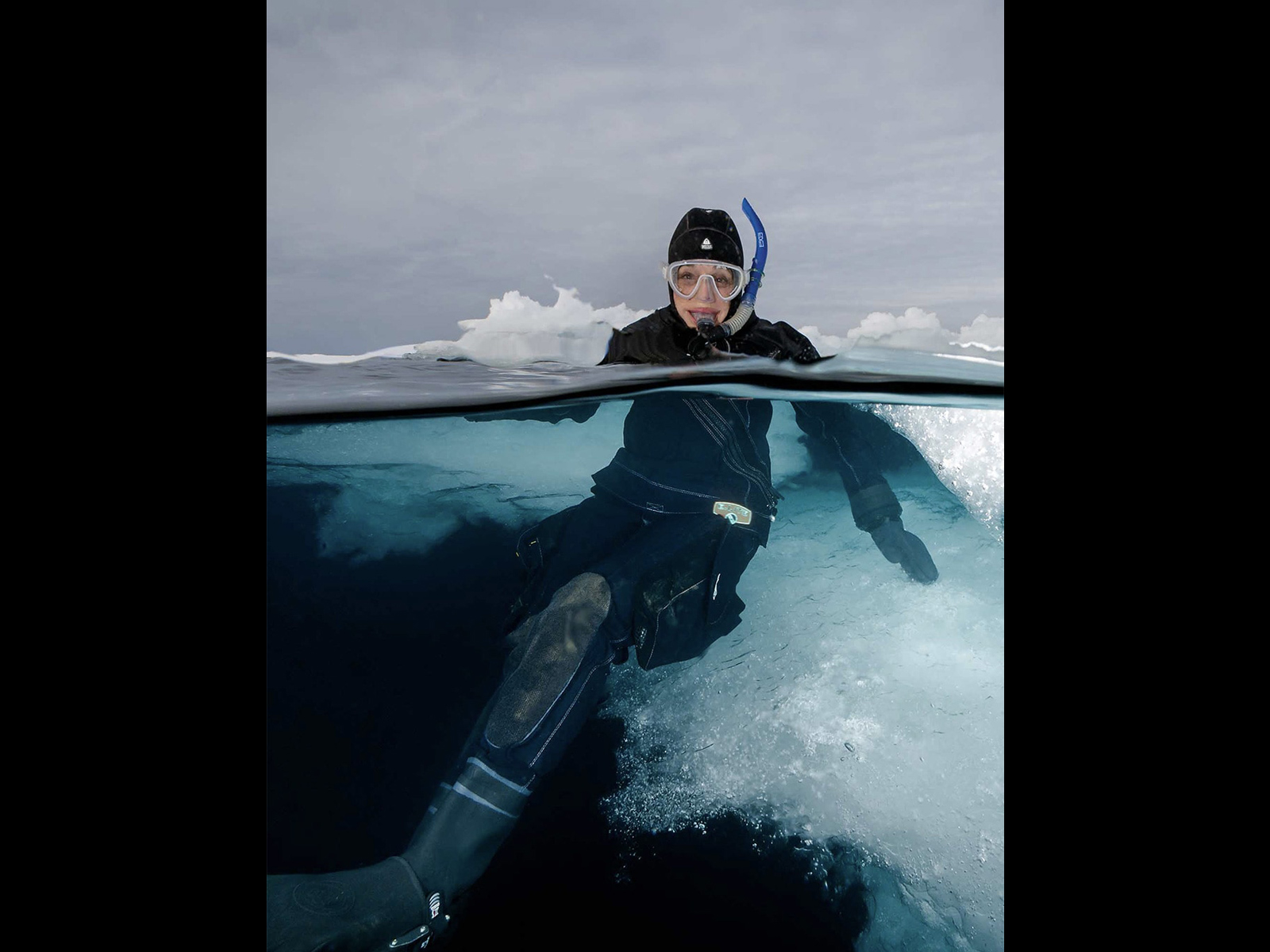
Dr Sylvia Earle
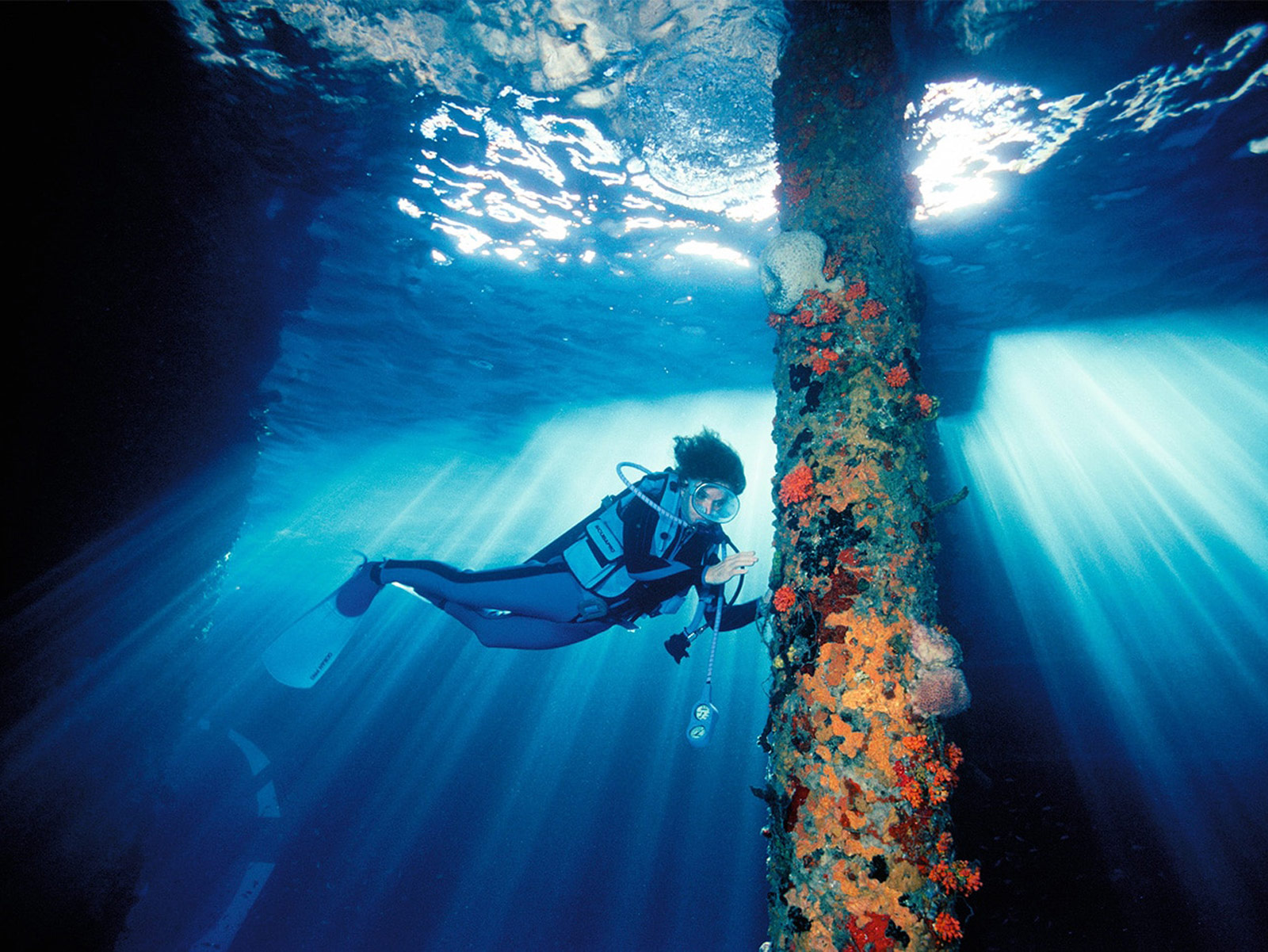
Perpetual Planet
As it works to combat climate change, Rolex is setting an example for others to follow. Crucially, Rolex is generously funding initiatives around the world, instead creating “green” timepieces – with straps or boxes made from recycled materials for instance – that are now a fad.
At the same time, it would be even more encouraging to see Rolex work on improving the carbon footprint of the manufacturing activities that lie behind a watch. As the most vertically-integrated watch brand in Switzerland (and probably the most profitable), Rolex is more capable of controlling its supply chain than any of its peers. Given the company’s commitment to conservation, and also the gradual pace at which it proceeds, such plans are perhaps already in the works, but will only be made public some time into the future.
The full spectrum of Perpetual Planet can be discovered on Rolex.org.
Back to top.


